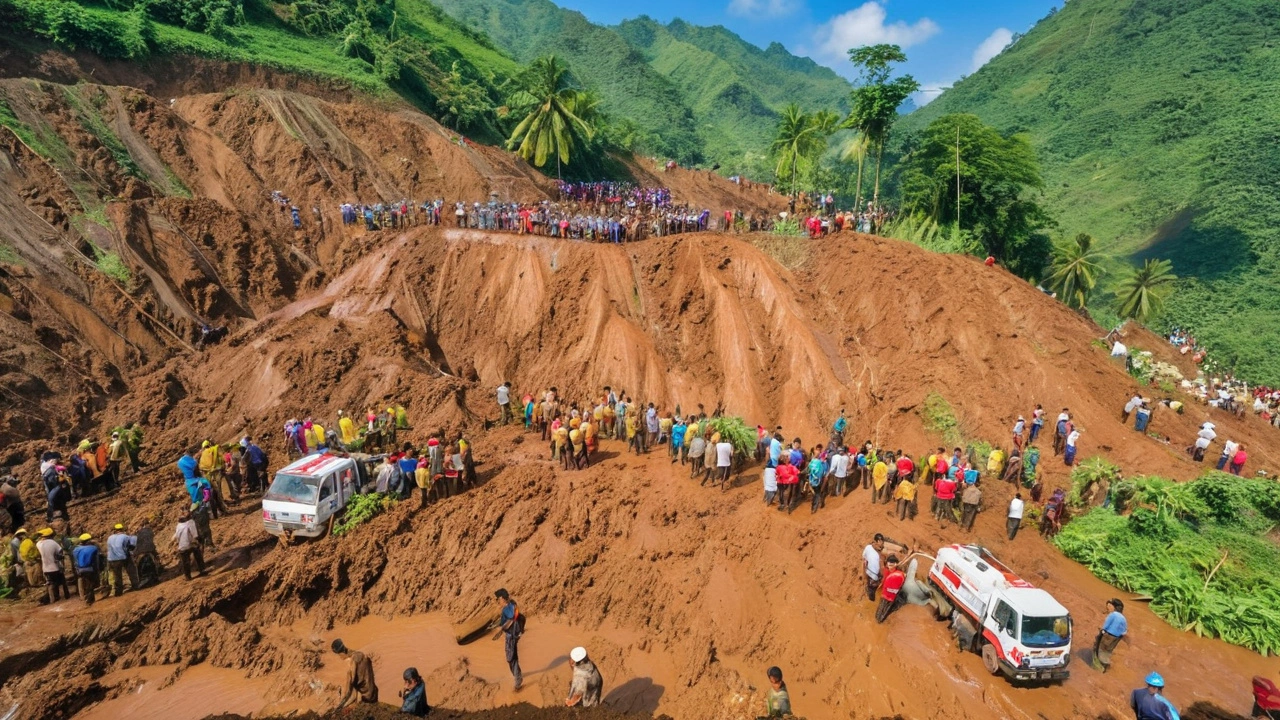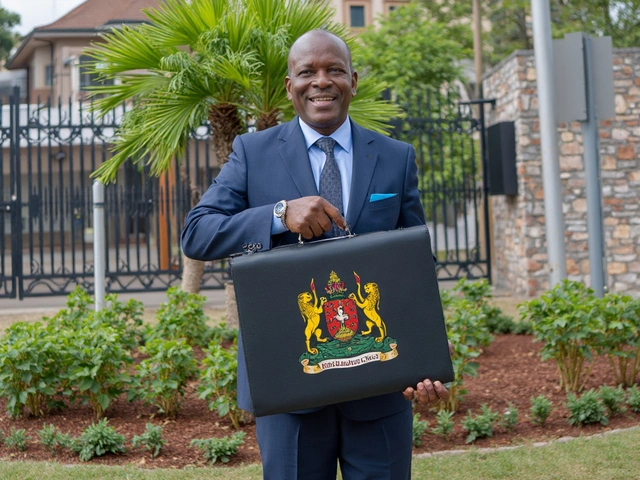Humanitarian Crisis – What’s Happening and Why It Matters
Whenever war, flood, or disease hits a community, people lose homes, food, and basic services. That sudden loss creates a humanitarian crisis – a situation where everyday needs can’t be met and lives are at risk. In Africa, you’ll see this in places like the Sahel, the Horn of Africa, and parts of Central Africa, where conflict and climate‑driven disasters overlap.
What makes a crisis different from a regular emergency is the scale and the number of people affected. A single storm might knock out power for a town, but a crisis can displace millions, stretch health systems thin, and force families into desperate choices. Understanding the root causes – conflict, climate change, and poverty – helps us see why quick, coordinated aid matters.
How Aid Agencies Jump Into Action
First on the scene are usually UN agencies like OCHA, UNICEF, and the World Food Programme. They assess the damage, set up emergency shelters, and start distributing food and clean water. Local NGOs then fill gaps by providing counseling, cash assistance, and help with school enrollment for displaced kids.
One practical tool agencies use is the *cluster system*. Each cluster (health, shelter, nutrition, etc.) has a lead organization that coordinates resources and avoids duplication. For example, in a drought‑hit region of Kenya, the health cluster may focus on malaria prevention while the nutrition cluster ensures therapeutic feeding for malnourished children.
Cash‑based assistance is growing fast because it lets families buy what they need most. When a camp in South Sudan received cash vouchers, residents could purchase food at local markets, boosting the local economy and giving people a sense of normalcy.
What You Can Do to Support a Crisis Response
If you want to help, start with reputable charities that have a track record in the region you care about. Look for transparent reporting and low administrative fees – sites like Charity Navigator or GuideStar can help you compare.
Donating money is the most flexible way to assist; cash lets organizations buy supplies at current market prices. If you prefer non‑monetary help, consider donating essential items like blankets, school kits, or hygiene products, but check the organization’s list first – they often need specific items and may not accept unsolicited goods.
Volunteering is another route. Even if you can’t travel to the field, you can support remote operations – data entry, translation, or social‑media outreach. Many NGOs have virtual volunteer programs that need people with basic computer skills.
Finally, raise awareness. Sharing verified stories on social media, writing to your local representatives, or organizing a community fundraiser spreads the message and can bring more resources to the people who need them.
Humanitarian crises are tough, but coordinated aid and ordinary people’s contributions can turn a dire situation into a path toward recovery. Stay informed, choose trusted partners, and act – every bit counts.
Ethiopia Landslide Disaster: Death Toll Could Reach 500 as Rescue Efforts Intensify
The death toll in Ethiopia's Oromia region landslides could escalate to 500. Amidst severe weather, 250 bodies have been retrieved, and 300 people remain missing. Rescue operations are complicated by remote, inaccessible locations. The government has declared a state of emergency, urging international aid as thousands are displaced and infrastructure is ravaged.
View More





